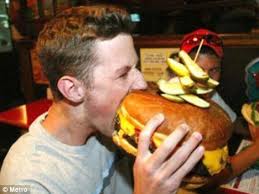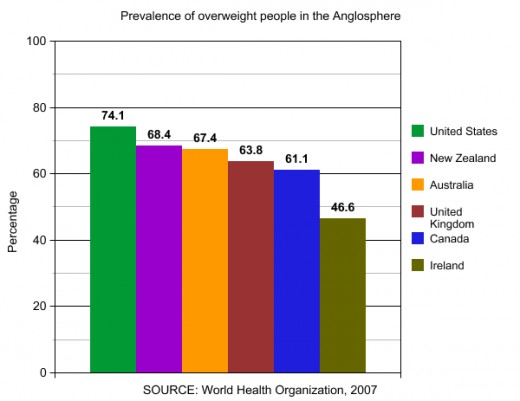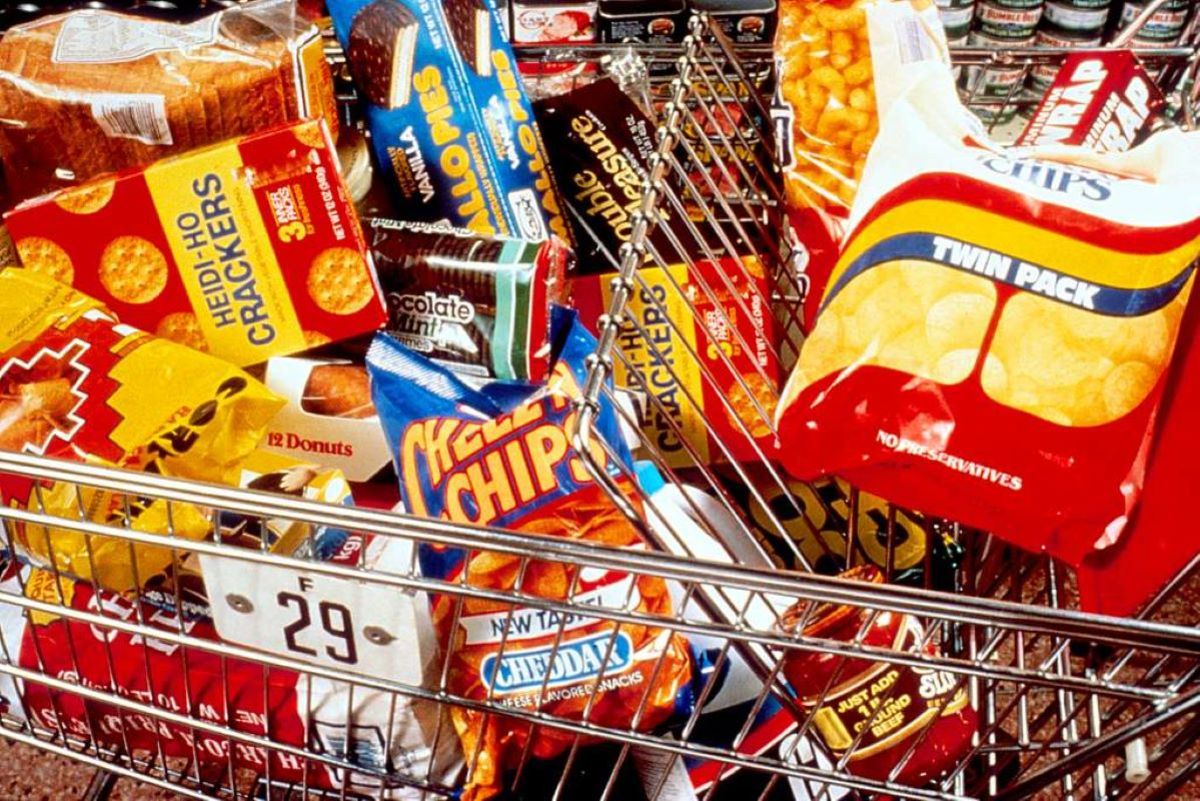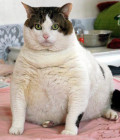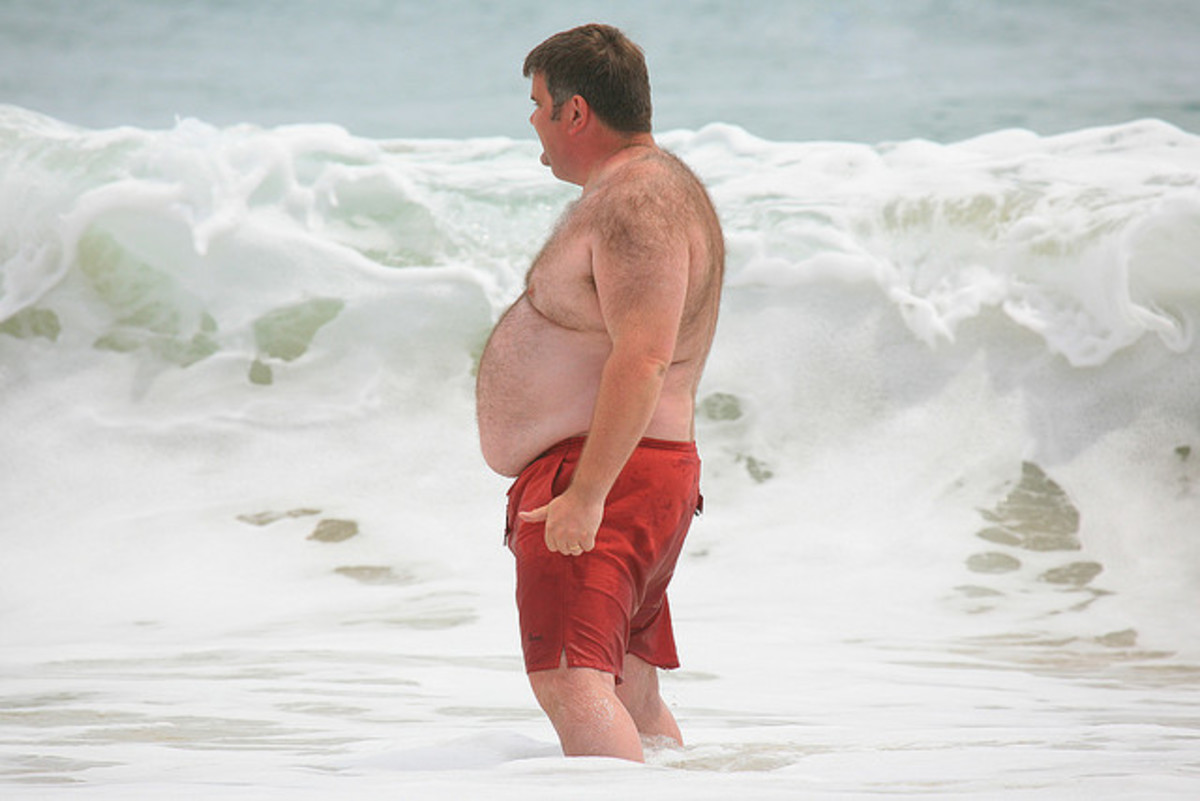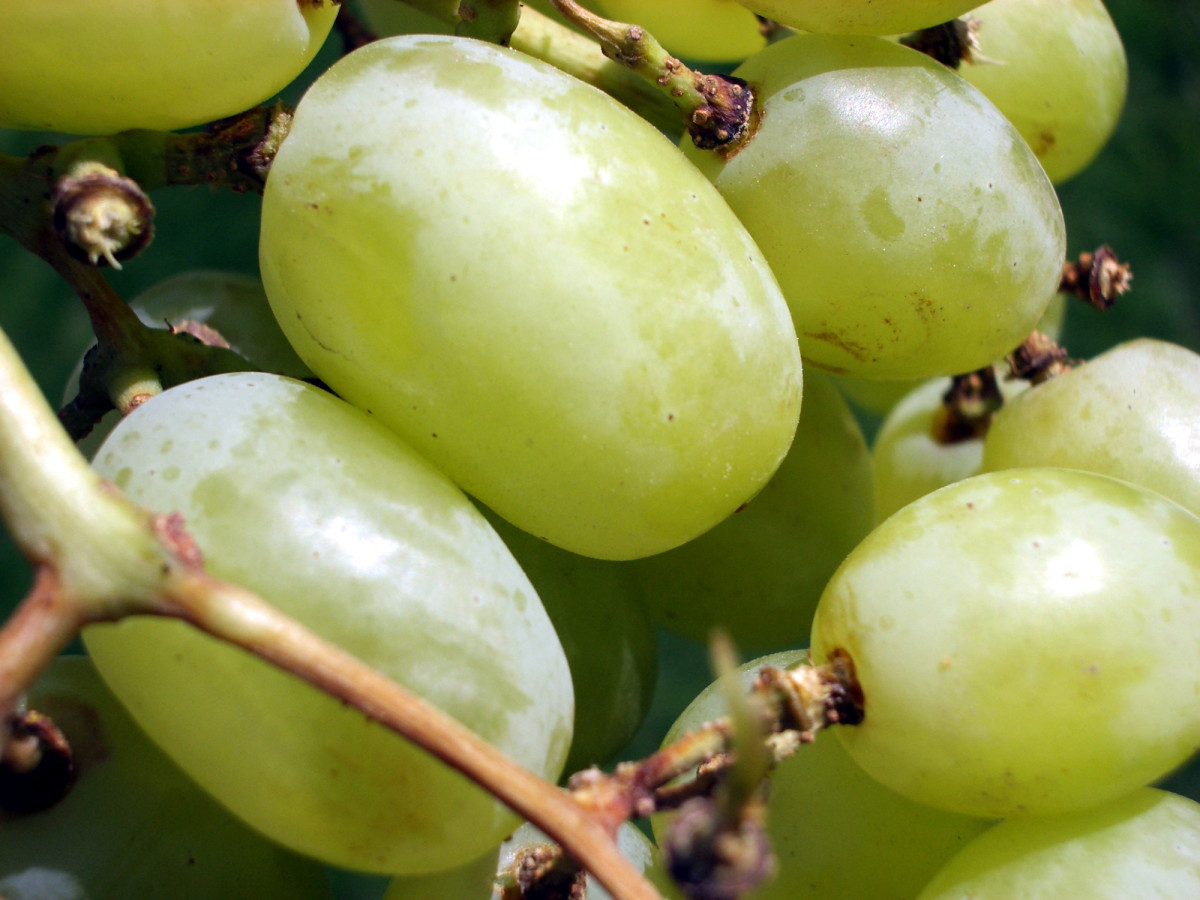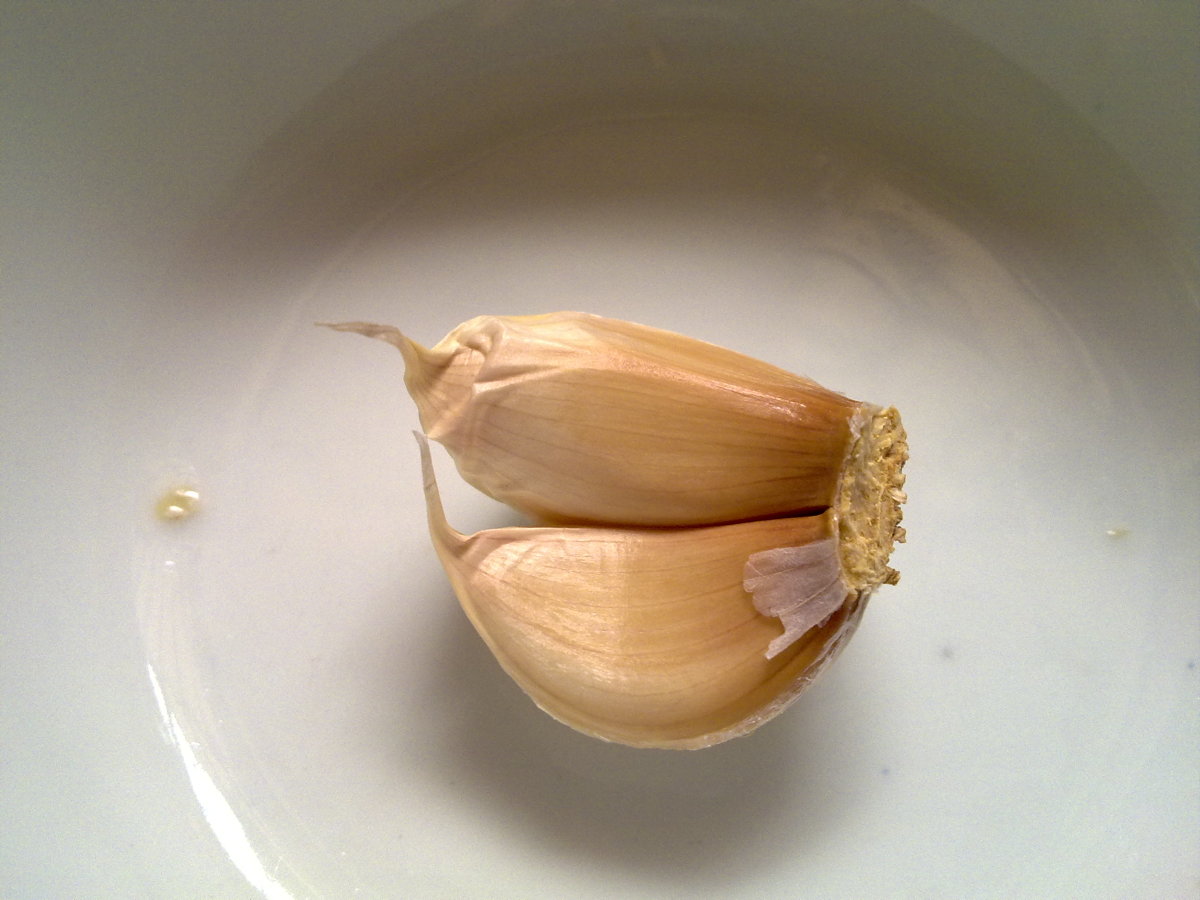The Four Apocalyptic Horsemen of Crack Snacks: Sugar, Salt, Fat and Obesity
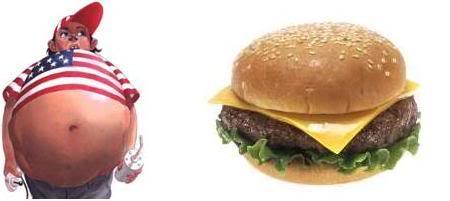
"He who does not know Food, how can he understand the diseases of man?"
-Hippocrates, the father of medicine (460--357 B.C.) [i]
Are Americans snacking their way to an early grave? Consider these flabbergasting facts: one of out of every three Americans is obese. In a study by The Centers of Disease Control and Prevention points out that 35.7% of American adults as obese, and 17% of American children.[ii] What is more frightening is that obesity is increasing among the two year old children.
Obesity causes diabetes, hypertension, strokes, heart attacks and hosts of other illnesses which are assuming epidemic proportions in US. Deaths related to diseases induced by sheer fat are 120,000 each year in United States. Equally staggering are medical costs associated with obesity. The figure is 190 million dollars of added medical costs to treat obesity related illness. There is 105% increase in the costs of prescription drugs to tackle obesity. The annual productivity loss is estimated to be $164 billion to the American economy. Medicare and Medicaid are groaning under the weight of $62 billion in costs incurred every year due to obesity.[iii]
Michael Moss, a Pulitzer winning author, in his book ‘Sugar, Salt, Fat: How the food giants hooked us’ places the blame on food processing corporations who load their snacks and drinks with sugar salt and fat to the detriment of public health. As he says, “Salt, sugar, and fat are the foundation of processed food, and the overriding question the companies have in determining the formulations of their products is how much they need of each to achieve the maximum allure.”[iv] And of course how much of the stomach share they can get.
Food giants know that our bodies are wired for sugar and that we crave for it. They also know that when sugar is added into foods such as cookies, breakfast cereals, soda drinks, sales increase and revenues grow. Food scientists and nutrition experts see the whole mouth as being sensitive for the seduction of sugar and not the tip of the tongue alone. Sweet receptors are linked to thousands of taste buds delivering signals to the pleasure zone in the brain. Food experts also know that children are especially vulnerable to the seduction of sugar and they are specially targeted by a barrage of ads to buy sweet candies and cookies which expose them to tooth decay and obesity.[v]
While cane and beets were main sources for sugar, sometime in the 70’s high fructose corn syrup became popular with soda giants like PepsiCo and Coco-Cola. As an ingredient it was cheap as corn was subsidized by the Federal government and it came in liquid form which made it easy for the soda makers to introduce it in drinks.[vi]
The consumption of sugar skyrocketed. An American now consumed on an average 22 teaspoons of sugar per day. The consumption of fructose sweetened soda drinks spurted to around 32 gallons a year per person. Not far behind were heavily sweetened breakfast cereals like Froot Loops which became popular with kids and made surging profits for cereal manufacturers like Kellogg.
There was one dark secret not shared by the food giants with the consumers. That sugar was just like crack as it induced people to eat more than was good for them. Experiments with Lab rats showed that when fed with Froot Loops they displayed a voracious appetite with no signs of slowing down. Even administration of electric shocks did not slow the rats when it came to eating cheesecake. Such is the insidious power of sugar.
Perhaps the best expert on the subject of sugar is none other than Professor John Yudkin who in his book Pure, White and Deadly implicates excessive consumption of sugar for causing serious ailments as Diabetes, heart disease, and cancers of the intestine. As he ominously reminds us “If only a small fraction of what is already known about the effects of sugar were to be revealed in relation to any other material used as a food additive, that material would promptly be banned.”
Salt is another ingredient added by food manufacturers to make their snacks sell. For people crave salty food and salt adds a heavenly dimension to the pleasures of eating. But the bad news is that salt causes high blood pressure strokes and cardio vascular diseases. And the Americans are consuming twenty times the required amount from processed foods. As Michael Moss puts it,” The companies making these products weren’t just adding salt. They were dumping sack after sack of it into their boxed macaroni and cheese, their chicken à la king heat-and-serve meals, their canned spaghetti and meatballs, their salad dressings, tomato sauces, pizzas, and soups.”[vii] Moreover salt is also a taste fixer. What is a potato chip without salt or meat without it? Many foods such as cheese would not be appealing to the palate without salt.
Salt and other sodium based compounds are pumped into snack foods to prevent growth of bacteria and prolong the shelf life of food products in the grocery stores. There appears to be no escape from salt for the food industry as it drives consumption and keeps the cash registers ringing.
Fat is important to snack foods as it provides texture and feel to snacks. The crunchy Frito Lay is tasteless without fat, breads become silky smooth and cookies get firmer texture because of fat. Apart from driving sales for the food giants, fat improves the shelf life of the products and forms an indispensible pillar of the food industry. As Moss sums up the seductive appeal of fat in the following words, “If sugar is the methamphetamine of processed food ingredients, with its high-speed, blunt assault on our brains, then fat is the opiate, a smooth operator whose effects are less obvious but no less powerful.”[viii] While fat is good for junk food industry, it is bad news for consumers. Saturated fat which comes from the consumption of red meat, cheese and other dairy products clogs the arteries with gooey cholesterol causing heart attacks.
Junk foods captured the imagination of the American consumer as it was convenient and easy to prepare. As modern life became more hectic for moms who were forced to supplement household income by going to work, there was little time left for home cooking. Moreover, there were TV programs to watch and cooking at home was a real pain. Presto! Then came the precooked frozen TV dinners loaded with fat, salt, sugar and preservatives and the simple joys of home cooking became a thing of the past. Now food need not be cooked and eaten at meal times as junk food came precooked in convenient packaging. Snacking became a national pastime. Now Frito Lays, Mars bar or snickers could be consumed at any time and at any place. The epidemic of obesity was now a foregone conclusion.
Even though the problem of junk snacking is ubiquitous and alarming, a sure tested way to stop the galloping horsemen from reaping their bloody harvest is to eat sensibly. Pills and surgery are expensive and only buys us time. The medical fix is not an answer to obesity as it does not go to the root of the problem which is the food we eat. If we eat plant based food with fruits and vegetables and avoid animal based foods like meat and dairy products, we would have taken our first steps to regain our health.
But the allure of crack snacks will not go away easily. One part of the problem lies in the fact that junk foods are cheap while fresh fruits and vegetables are more expensive. It costs more to buy bottled water than a can of coke. People living on low wages or food stamps like Black Americans remain hostages to junk food as they are cheap.
The other part of the problem is our flawed perception of danger. Human beings tend to perceive threats in exotic forms. When the Homeland security would have us believe that there is clear and present danger from terrorist hijacking of planes, we adjust to the inconvenience of air travel by passing through the security checks and metal detectors beltless, shoeless and clueless about the actual dangers of air travel. But the fact remains that air travel is still safe for most of us compared to eating junk food. One of the sad ironies of risk perception is that the threat to life comes in the most banal or innocuous forms and often ignored: like your sugary soda, your breakfast cereal or your double cheeseburger.
C.R.Sridhar.
[i] The China Study page 11.
[ii] Obesity in United States Wikipedia.
[iii] http://www.phitamerica.org/News_Archive/10_Flaggergasting_Costs.htm#sthash.8yJMtCir.dpuf
[iv] Sugar Salt Fat- Michael Moss- page 329.
[v] Ibid pages 26.
[vi] Ibid page 27.
[vii] Ibid page 268 .
[viii] Ibid pages 155- 156.
